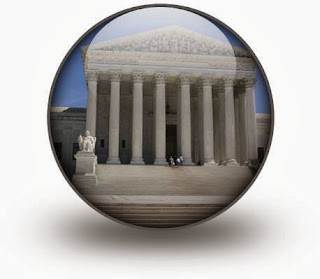A Year-End "Review"

This is the time of year when many people both look back at the year just past—and ahead to the next with a fresh perspective. It’s also that time of year when many make lists. So, whether you’re looking to make some New Year’s resolutions, or just looking to improve your overall financial situation, here are 10 things to check off your 2013 list—and that can get your 2014 list off to a strong start. Deal with debt (see Savings Resolutions for the New Year ). Establish a savings goal for retirement (see Estimate “Ed” ). Save for retirement—at work, or on your own (see Saving for Retirement Outside of Work ). Save early so that your savings can work for you (see The “Magic” of Compounding ). If you do have a retirement plan at work, make the most of it (see Making the Most of your Retirement Plan ). Maximize your savings—see if you’re eligible for the Savers’ Credit (see Credit Where Credit is Due ). See if a Roth 401(k) makes sense for your situation (see To Roth or Not...


















